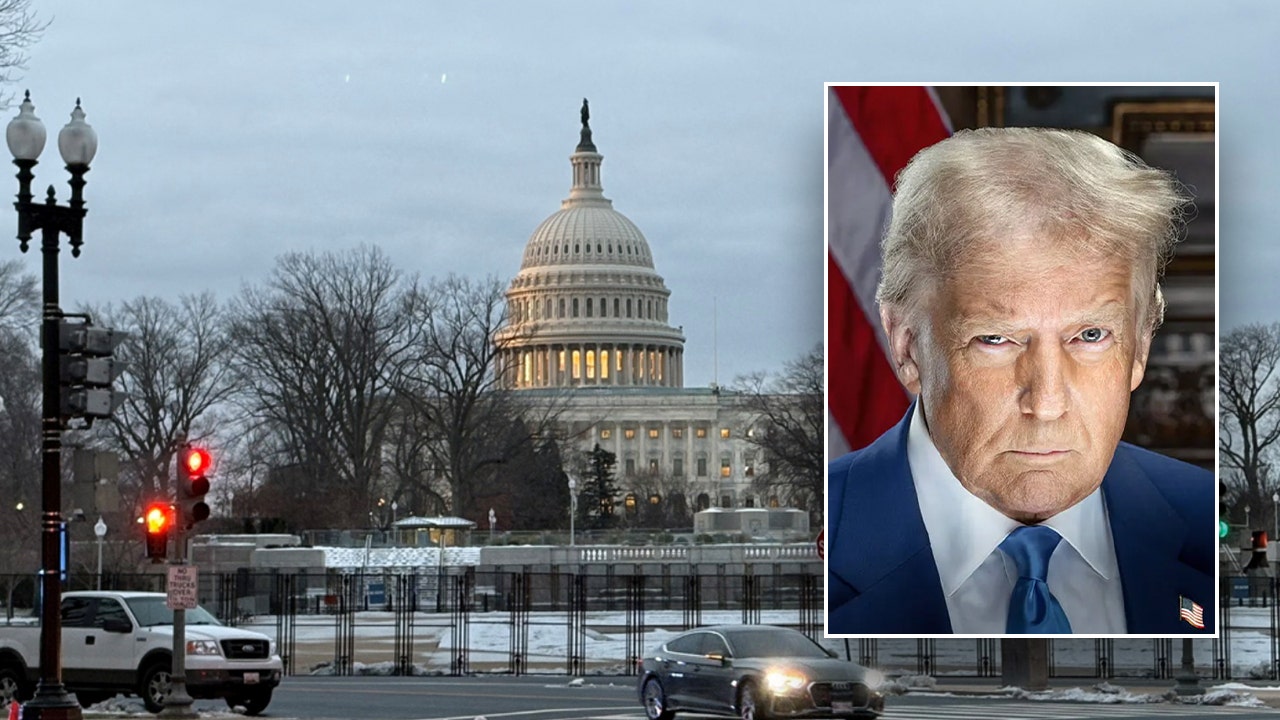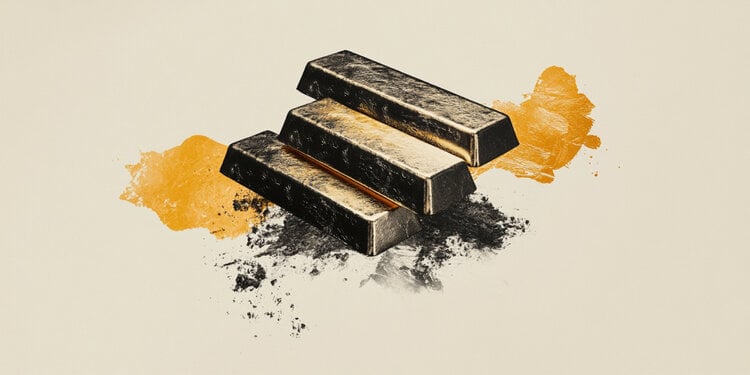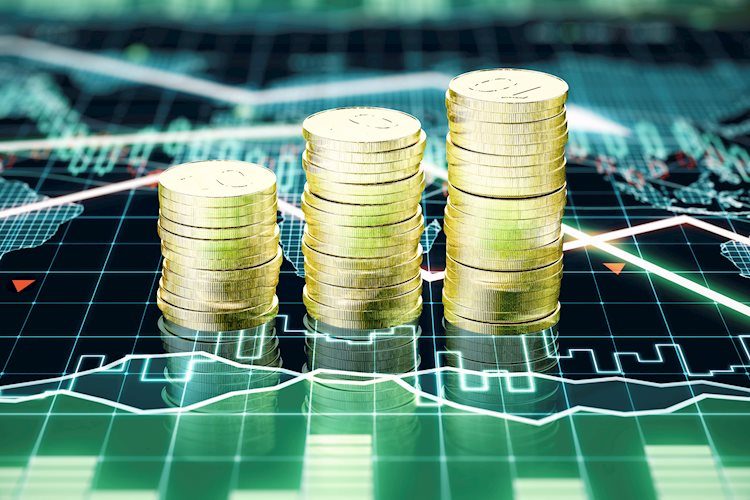Spot gold fell by 0.4% to $2,697.19 per ounce early Friday and is on track for a slight weekly dip, despite rebounding over 1% in the previous session from a three-week low.
US gold futures were flat at $2,704.50, while a stronger US dollar continued to make bullion more costly for overseas buyers.
In India, where gold remains a popular investment, 24-carat gold traded at ₹78,700 per 10 grams, while 22-carat gold, favoured for jewellery, was priced at ₹72,140.
Interest rate cuts drive market response
This week’s interest rate cuts have been central to gold’s movements.
On Thursday (November 7), both the Fed and Bank of England lowered rates by 25 basis points as inflation hovers near their target of 2%.
Colin Shah, Managing Director of Kama Jewelry, explained that the Fed’s cut has helped stabilise gold prices.
“Gold prices usually rise in a low-interest-rate environment. With two consecutive cuts from the Fed and potential rate cuts from the RBI, we expect this to support the yellow metal further,” he said.
Renisha Chainani, Head of Research at Augmont – Gold For All, added that while gold is currently overbought, it could see corrections in the short term.
Key support levels and investment insight
According to Chainani, gold’s overbought status means prices may experience “one step up and two steps down,” with support levels around $2,650 per ounce (₹77,000 per 10 grams), $2,620 per ounce (₹76,000 per 10 grams), and $2,500 per ounce (₹73,000 per 10 grams) presenting possible buy-in points for long-term investors.
Rahul Kalantri of Mehta Equities identified support levels at $2,674–2,655 per ounce and resistance between $2,718 and $2,735 per ounce. “Gold’s resilience is evident as it continues to bounce from support levels,” he remarked, “indicating ongoing investor interest.”
Kyle Rodda of Capital.com added that inflationary pressures and geopolitical uncertainties reinforce gold’s long-term strength, making it an effective hedge in an unpredictable economic climate.
With interest rates likely to remain low and global uncertainties high, gold’s long-term trajectory looks promising, though near-term fluctuations may offer entry points for strategic investors.
As Shah noted, “We are expected to be in a lower-for-longer interest rate regime, supporting gold’s outlook.”
For those looking to hedge against inflation and economic instability, gold remains a compelling choice.













